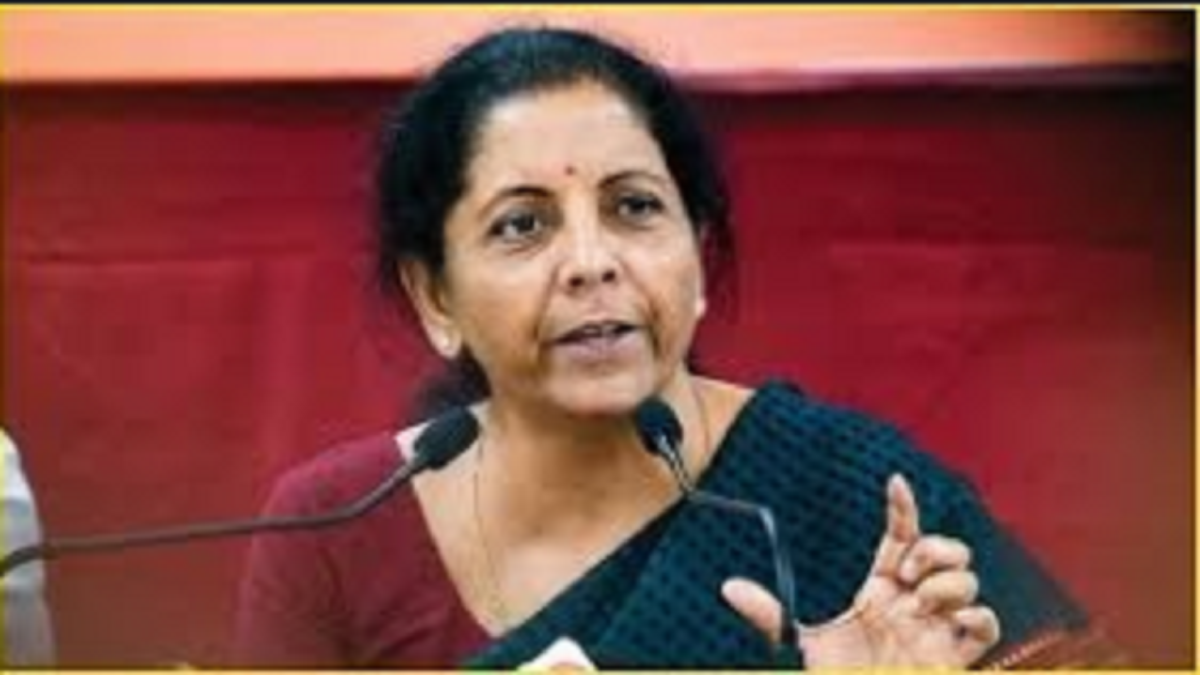
In the April-June quarter, the Indian economy saw its worst contraction in the GDP, of 23.9%. In a global economy where the fraction of countries whose GDP per capita will sink is at its highest in 150 years, the contraction of the GDP in India was an expected one.
Social media is abuzz with comparison and various unconfirmed stats are floating about, chief of which concerns the comparison with the US’ GDP contraction. Leaving aside the fact that the US is a completely different economy, the comparison is not just inappropriate but also an inaccurate use of statistics.
The US reports GDP growth/contraction differently from the way India does. The US economic contraction of 9.1% in AprilJune 2020 is in comparison to January-March 2020, a quarter-on-quarter figure which is annualised. Meanwhile, growth/contraction in India is calculated by comparing the GDP with the figures from the same quarter in the last year, which explains the steep decline in reported figures. While the contraction in the US takes into account the steady decline as an economic impact of lockdown, the Indian figures abruptly compare the stringent locked down months of April-June 2020 to April-June 2019. Whether it is the Indian method of calculation or the US methodology, statistical instruments used in normal times are inadequate for arriving at comparable figures for times with the rarest of rare incidents like this pandemic.
What makes the comparison even more difficult is the different time periods when the pandemic was at its peak in various countries and the response it elicited in terms of lockdown. The irony is that the naysayers who criticise the government and hold it accountable for the GDP contraction would be the same people who would have cried hoarse if the Covid mortality rate was higher. Weighing the possible lives saved during the course of the lockdown and the build-up of healthcare infrastructure during the ensuing period with the GDP figures would come across as insensitive, which any government would avoid doing while explaining its position. Each life saved is too precious to be weighed on a GDP scale and any conservative step for the welfare of people was bound to elicit negative reactions. The contraction in GDP was an expected one which the Modi government opted for in a bid to save the precious lives and allow time for state governments to create a healthcare infrastructure to match the spike in cases. The Modi government succeeded in doing so, which is evident from the very low mortality rate. Despite this, taking flak for the GDP decline isn’t something BJP shies away from. Unpopular decisions for the welfare of people are things a democratic government fully supported by the people never backs out of.
Looking ahead, India after various stages of “Unlock” has shown signs of quick recovery. Railway freight, which is a very good indicator of economic activity, was at 95% of the previous year’s levels in July, while in August it is about 6% higher than the comparable figures from last year. E-way bills are almost at the same level as last year’s at 99.8%, which indicates that the bounce-back isn’t just imminent but has actually arrived. Going forward, the key would be to maintain a sustained recovery to ensure that the August figures are not just an aberration but a wider trend of the old normal of economic growth paving the way towards postlockdown realities.
A number of measures taken by the government and the RBI over the past few months make a sustainable V-shaped recovery plausible. The RBI has cut rates by 115 basis points in 2020 on top of 135 bps in 2019, even though credit transmission on the back of high systemic risk hasn’t been satisfactory. The rural economy has been a silver lining with kharif sowing recording a new high and tractor sales jumping double digits even as urban India continued to see restrictions. As sowing areas under all categories are higher, a new record higher than last year’s record of 144 million tonne of production may be in the offing. Recognising the potential, the government allocated an additional Rs 40,000 crore to the Aatmanirbhar programme, which will add an impetus to the rural economy and aid the revival of the overall economy. The new Rozgar scheme targeting reversemigrant labourers for a span of four months will cover 116 districts in six states with an allocation of Rs 50,000 crore. A series of such timely steps by the government has ensured that, notwithstanding the expected GDP contraction, the bulk of the masses in rural areas largely remain immune to the negative consequences.
While the social media disinformation campaigns which are conveniently nitpicking or playing around with statistics shall continue, the Indian government has proactively ensured that the agriculture sector has actually grown 3.4% amidst declines in almost every sector.
An economic comparison taking into account the stringency of lockdown is a much more realistic one. Notwithstanding the hysteria whipped up in social media with incomparable data, more than half of the Indian population depending on agriculture or allied sectors are actually economically better off even after the lockdown, while a considerable section has navigated the storm way better than most countries in the world. The Modi government is all set to lead India into a V-shaped recovery.
The author is BJP spokesperson, advisor to former Chief Minister of Maharashtra, Devendra Fadnavis, and executive director of Maharashtra Village Social Transformation Foundation, a Section 8 Company of the Maharashtra government.